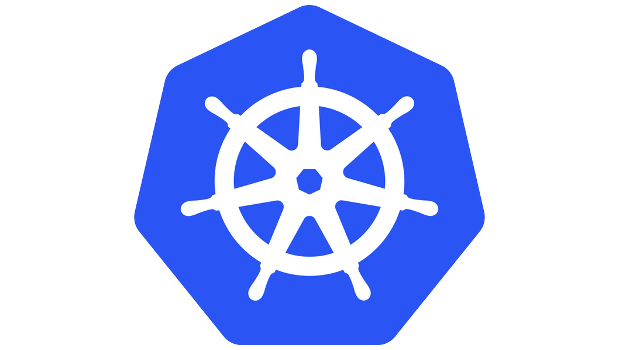Kubernetes基础:RBAC权限设置的两种方式
这篇文章以给用户设定Kubernetes内置权限为例进行说明如何设定权限。
这篇文章以给用户设定Kubernetes内置权限为例进行说明如何设定权限。
环境准备
快速环境搭建建议使用单机版Kubernetes的安装脚本,一键安装,详情可参看:
环境信息如下所示
[root@host132 ~]# kubectl get node -o wide
NAME STATUS ROLES AGE VERSION INTERNAL-IP EXTERNAL-IP OS-IMAGE KERNEL-VERSION CONTAINER-RUNTIME
192.168.163.132 Ready <none> 32m v1.15.0 192.168.163.132 <none> CentOS Linux 7 (Core) 3.10.0-957.el7.x86_64 docker://18.9.7
[root@host132 ~]#
方式1: 在生成证书的csr文件中设定
以kubectl使用的管理员证书为例,只需要在O的设定中指定内置Clusterrolebinding的组system:masters即可,示例csr信息如下所示:
[root@host132 ~]# cat /etc/ssl/k8s/admin-csr.json
{
"CN": "admin",
"hosts": [],
"key": {
"algo": "rsa",
"size": 2048
},
"names": [
{
"C": "CN",
"L": "DaLian",
"ST": "LiaoNing",
"O": "system:masters",
"OU": "System"
}
]
}
[root@host132 ~]#
在使用证书认证的时候,CN和O是Kubernetes用于身份确认的重要信息,在理解上可以与用户和组进行类似比较,所以不能写错,这是刚上手的开发者最容易出错的问题点之一。
在O中指定system:masters,会允许超级用户对任何资源进行任何操作的处理,所以这个基本上就是全体权限的赋予,在使用中很方便,但是实际使用中建议还是细粒度到所有权限的最小粒度进行赋权。
方式2: 通过Clusterrolebinding进行权限关联
以将kubelet-bootstrap用户给设定上超级权限为例,可以使用如下命令直接进行关联。
[root@host132 ~]# kubectl create clusterrolebinding bootstrap --clusterrole=cluster-admin --user=kubelet-bootstrap
clusterrolebinding.rbac.authorization.k8s.io/bootstrap created
[root@host132 ~]#
- kubelet-bootstrap用户与token的设定信息
[root@host132 ~]# cat /etc/k8s/token.csv
00fdeedfa65384fe4dca538a54a0e8a1,kubelet-bootstrap,10001,"system:kubelet-bootstrap"[root@host132 ~]#
- cluster-admin的信息
[root@host132 ~]# kubectl get clusterrolebinding cluster-admin
NAME AGE
cluster-admin 5h38m
[root@host132 ~]#
详细信息如下所示
[root@host132 ~]# kubectl describe clusterrolebinding cluster-admin
Name: cluster-admin
Labels: kubernetes.io/bootstrapping=rbac-defaults
Annotations: rbac.authorization.kubernetes.io/autoupdate: true
Role:
Kind: ClusterRole
Name: cluster-admin
Subjects:
Kind Name Namespace
---- ---- ---------
Group system:masters
[root@host132 ~]#
从这里面我们看到了其实cluster-admin所关联的也是system:masters,所以跟方式1使用的都是相同的方式。
另外可以看到这种方式引用了cluster-admin,可以算是一种复用,这也是ClusterRole或者Role存在的原因之一吧。
[root@host132 ~]# kubectl describe clusterrolebinding bootstrap
Name: bootstrap
Labels: <none>
Annotations: <none>
Role:
Kind: ClusterRole
Name: cluster-admin
Subjects:
Kind Name Namespace
---- ---- ---------
User kubelet-bootstrap
[root@host132 ~]#
总结
system:masters作为超级用户权限,在使用中还是慎用再慎用,至于为何给一个kubelet-bootstrap用户以超级权限,虽然背离了此用户的初衷,但是到是学习过程中快速体验RBAC的有效方式,就像很多安装实施上来就会systemctl stop firewalld一样,在生产环境还是按照繁琐的方式进行配置较好。
其他基础
参考内容
https://kubernetes.io/docs/reference/access-authn-authz/rbac/
更多推荐
 已为社区贡献19条内容
已为社区贡献19条内容







所有评论(0)